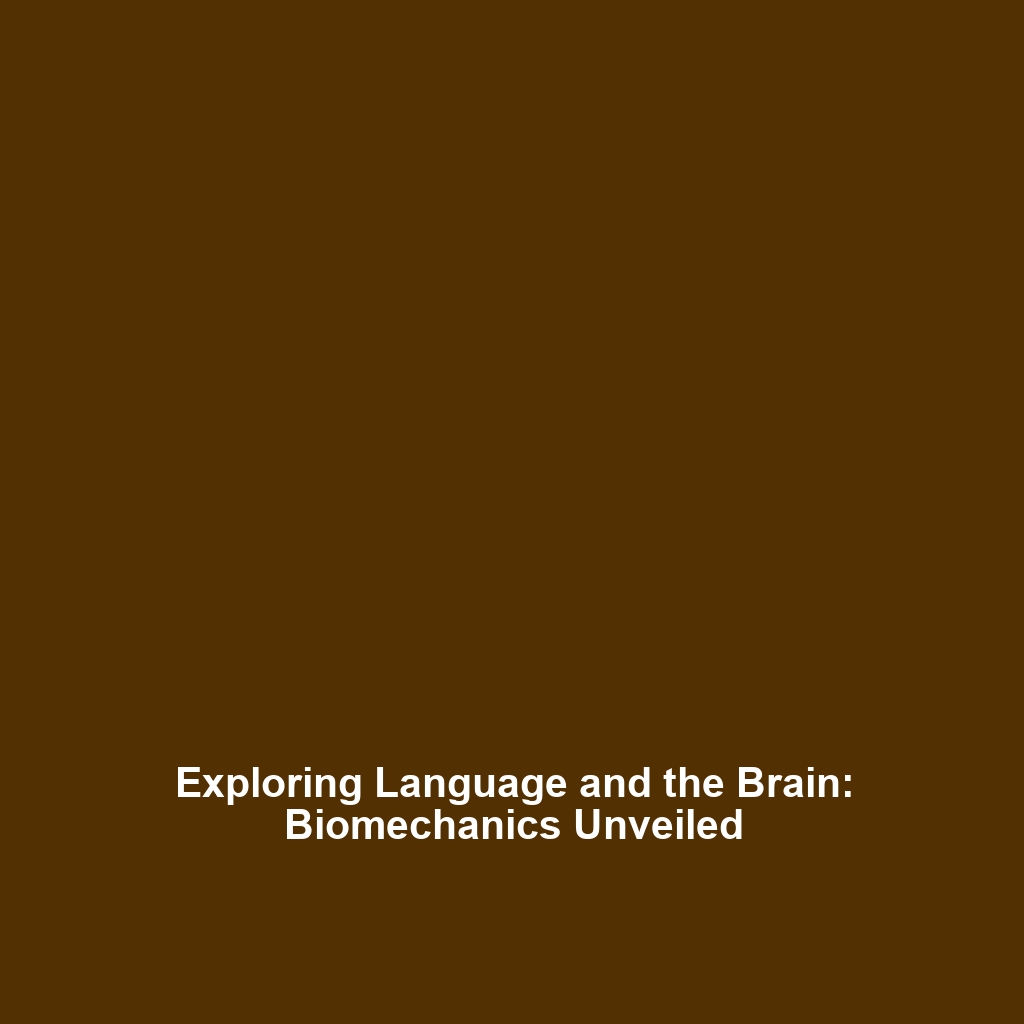Asteroid Impacts: Their Role in Climate History
Introduction
Asteroid impacts have played a significant role in shaping the Earth’s climate history and evolutionary trajectory. These cosmic events, while catastrophic, have provided critical insights into the long-term effects of climate change, mass extinctions, and geological transformations. Understanding asteroid impacts is essential as it helps scientists recreate past climate scenarios, informing both contemporary and future climate resilience strategies. This article delves into the implications of asteroid impacts within the broader context of climate history, highlighting how these events have altered ecosystems and climate patterns throughout geological time.
Key Concepts
Understanding Asteroid Impacts
Asteroid impacts refer to the collision of extraterrestrial objects with Earth, resulting in significant physical and atmospheric changes. The energy released during such events can lead to:
- Mass extinctions, as observed during the Cretaceous-Paleogene event that eradicated the dinosaurs.
- Changes in atmospheric composition, which can influence climate patterns for millennia.
- Geological transformations, such as cratering and tsunamis, that reshape Earth’s surface.
By analyzing these phenomena, researchers can understand the profound impact of asteroid strikes on global climate and geological history.
Applications and Real-World Uses
Understanding asteroid impacts is vital in multiple fields, particularly in geology and climate science. Here’s how this knowledge is practically applied:
- Climate Models: Insights from past asteroid impacts help refine climate models by providing data on historical carbon levels and temperature shifts.
- Risk Assessment: Studies of impact events guide assessment protocols for potential hazards posed by near-Earth objects (NEOs).
- Geological Dating: The presence of impact ejecta, such as iridium layers, helps date significant events in Earth’s history.
This shows the extensive applications of asteroid impacts in the context of climate history, aiding both current assessments and future predictions.
Current Challenges
Studying asteroid impacts presents several challenges in the realm of climate history:
- Data Gaps: Limited geological records make it difficult to correlate specific impacts to climate changes accurately.
- Technological Limitations: Current technology may not be sufficient to fully detect and analyze potential threats from small NEOs.
- Complex Interactions: Climate systems are complex, making it challenging to isolate the effects of asteroid impacts from other climate influences.
These challenges highlight the need for more comprehensive research and innovative methodologies in this field.
Future Research and Innovations
Research on asteroid impacts is advancing with new technologies and approaches. Notable areas of focus include:
- Planetary Defense: Developing sophisticated tracking systems for NEOs to mitigate potential risks to Earth.
- Impact Modeling: Enhancements in simulation technologies that can predict the climatic consequences of historical impacts more accurately.
- Interdisciplinary Studies: Collaborations across fields such as geology, climate science, and astrophysics to create comprehensive models of past and present impacts.
Conclusion
Asteroid impacts have profoundly influenced climate history and continue to be a vital area of research in understanding Earth’s climatic evolution. By studying these extraterrestrial events, we gain insights into past ecological crises that can inform our approach to contemporary climate challenges. For further exploration of related topics, consider reading about solar radiation variations and their role in climate change or the impact of volcanic activity on Earth’s climate cycles.





